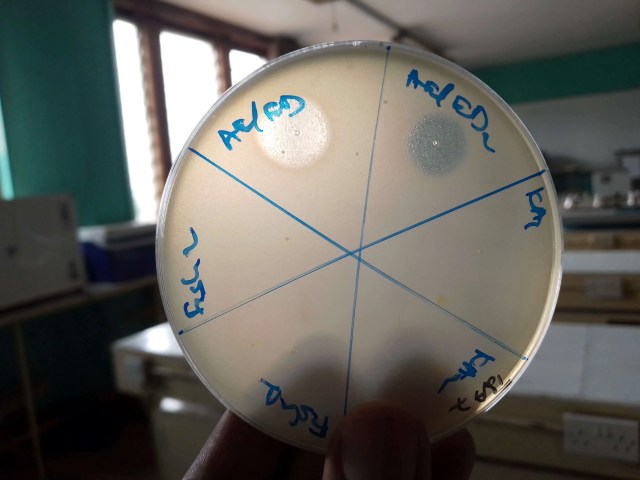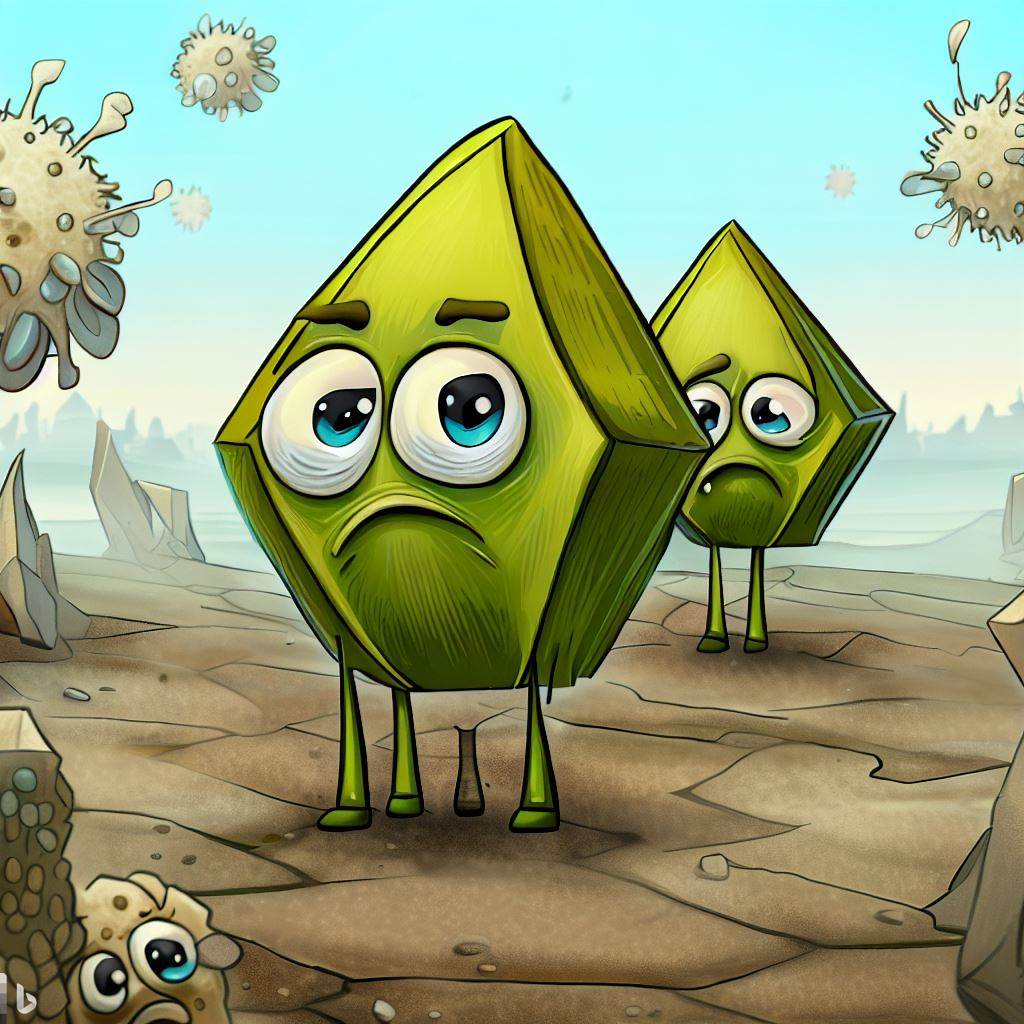Welcome to the fascinating realm of bacteriophages, also known as "phages"! These incredible microscopic entities are like superheroes in the unseen universe, stealthily hunting and infecting bacteria. Should we call them Sherrifs in the nanoworld? Today, we embark on a delightful journey to uncover the secrets of phages and learn how to isolate one of these amazing creatures ourselves.
Understanding the World of Phages
Before diving into the realm of isolation, let's grasp the basics. Imagine a world where tiny viruses prey on bacteria, much like a predator targeting its prey. Bacteriophages are nature's way of controlling bacterial populations, ensuring a delicate balance in the ecosystem.
The Quest for Your First Phage
To isolate your very own phage, you need some essential tools and ingredients. Fear not! These are readily available and won't require a secret laboratory.
Tools of the Trade (what you need)
- Petri Dishes: Think of these as miniature playgrounds for your bacteria and phage. They provide a safe space for them to interact.
- Bacterial Culture: Gather some bacteria, like the ones found in yogurt or from the environment. These will be the "hosts" for your phages to infect.
- Nutrient Broth and Agar: Your bacteria need a yummy meal to grow and thrive. The nutrient broth is like a hearty soup, and agar acts as a solid, jelly-like surface for bacteria to hang out. Many scientists prefer to use Luria Bertani (it is a bit uncommon in normal labs) but don't worry Nutrient agar will as well do the trick.
- Pipettes: These are like tiny magic wands, allowing you to transfer small amounts of liquid with precision.
- Incubator: This warm and cozy home mimics the ideal conditions for your bacteria and phages to flourish.
The Isolation Process
Now comes the enchanting part – isolating your phage!
- Step 1: Sample Collection Venture into the great outdoors and collect samples from various places, like soil, water sources, or even compost heaps. Phages are everywhere, waiting to be discovered! Check out the sewage sample collection guide
- Step 2: Mixing Magic Prepare your nutrient broth and add a small amount of the collected sample. This broth will now harbor countless (You can actually count them through enumeration/titering) phages.
- Step 3: Meeting the Host Inoculate the bacteria into the nutrient agar on a Petri dish. Here you can use one of the two methods either surface spreading, pouring (here you can make a double layer), or streaking but personally, I prefer surface pouring. Then spot your phages on the lawn (Check the spotting method). Allow them to grow into a beautiful bacterial lawn, covering the surface like a green meadow.
- Step 4: The Waiting Game This depends on the host used but typically for many bacteria you will be able to see your results within 24 hours of incubation. The phages will infect the bacteria, forming translucent (sometimes transparent, see the image below) circles known as "plaques". If you have conducted antimicrobial susceptibility testing, you may notice that the zones of inhibition caused by an antibiotic on a susceptible bacteria are quite similar to plaques.

- Step 5: The Eureka Moment Observe the Petri dish after some time, and you will witness the dazzling beauty of phage plaques. Congratulations, you've successfully isolated your first "phage"!. The observed lysis (plaque) likely results from the presence of numerous diverse phages. Therefore, to ensure the isolation and later identification of a specific isolate, a purification process becomes essential.
The Joy of Discovery
Marvel at the achievement of isolating a bacteriophage – a stunning demonstration of nature's complexity. As you gaze upon these tiny, powerful predators, remember that you are now part of a centuries-old scientific journey.
Spreading the Phage Love
Share your findings with the world! Reach out to fellow scientists, join phage enthusiast communities like the phage directory, or even publish your discovery in scientific journals (You may need more data though). Each isolated phage adds a unique piece to the puzzle of understanding these incredible beings.
So, dear enthusiasts, embrace the magic of bacteriophages! With curiosity as your guide and a few basic tools, you can unravel the wonders of the hidden microbial world. Happy hunting, and may your journey of discovery be both charming and enlightening!
Remember, the smallest things can bring the most significant revelations. If you have any questions, please don't hesitate to leave a comment.
Happy Phaging!
Presented here is a beginner-friendly, simplified approach to phage isolation, tailored for those venturing into the realm of phage biology practicals. For individuals seeking more advanced techniques, we invite you to explore our comprehensive techniques and methods page, where a wealth of further knowledge awaits.
Raphael Hans Lwesya





This was so enticing, simplified and imaginary like I’m reading my kindergarten magic story books . Well done 🤝
Thank you so much for your kind words! We're thrilled to hear that you found our content enticing and enjoyable, just like those magical storybooks from your kindergarten days. It's our mission to bring imaginative and simplified articles to our readers.
We're truly grateful for your support and encouragement. We invite you to keep visiting our website for more fascinating articles that will spark your imagination and take you on even more incredible journeys. 🌟📚 Your feedback and presence mean a lot to us, and we can't wait to share more captivating content with you in the future! 🤝✨
It a very good and simplified post. Thanks
Thank you 🙏, I appreciate your effort towards bringing knowledge closer to us.